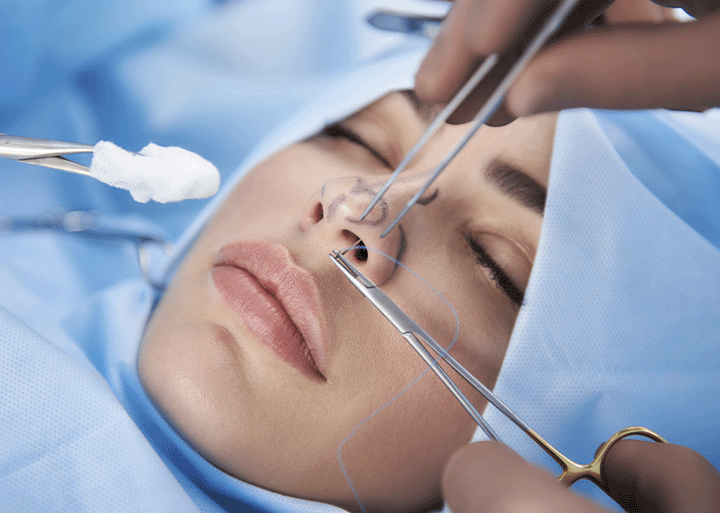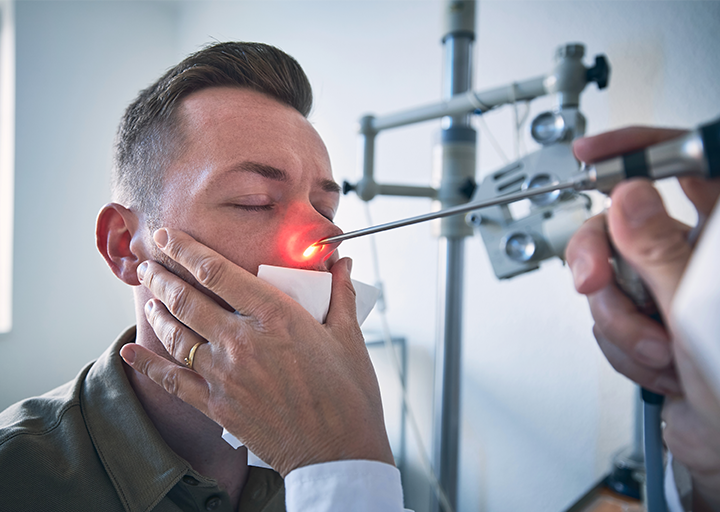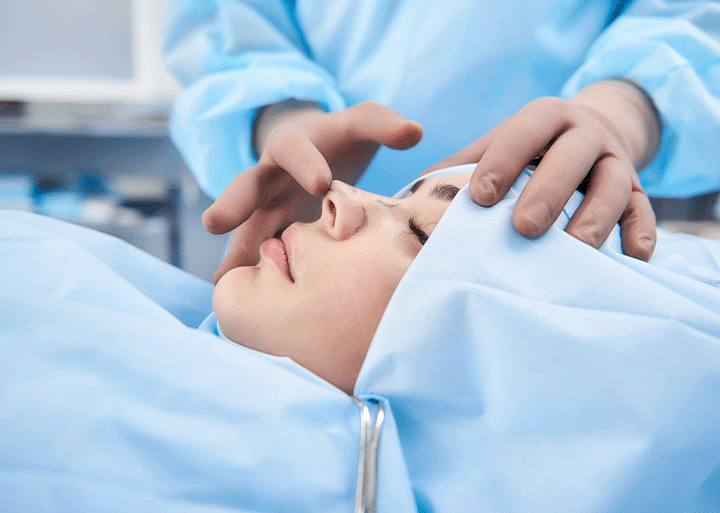
The use of radiofrequency technology in medicine has increased rapidly in recent years. In this method, a controlled, local temperature increase is constituted in the tissue by giving radio waves at certain frequencies through electrodes into the tissue to be treated. Thus, shrinkage and hardening of the tissue occur without any damage to the mucosa of the application area. This results in a reduction in the volume of the treated tissue. This effect is seen a few weeks after the procedure. Since the radiofrequency method provides a controlled application, it only gives its effect within the tissue and does not cause any damage to the tissue surfaces.
Radiofrequency therapy is used in the ENT department to treat these areas:
- Inferior turbinate
- Soft palate
- Opening of the throat arch
- Tonsil
- Tongue root
This procedure is mostly preferred in patients whose nasal concha, called concha, swells and prevents breathing. It is also used successfully in patients with snoring problems, sagging, and thickening of the uvula and/or soft palate. Rarely, the radiofrequency method can be applied to patients with swelling at the root of the tongue. Since the heat generated in the tissue by radiofrequency energy also reduces the number of secretory cells under the mucosa, this procedure can also be used in patients with allergic rhinitis to reduce unwanted excessive nasal discharge. Radiofrequency is also successful in treating tonsillitis and bad breath.
Procedure
Radiofrequency therapy is applied under local anesthesia in the examination setting. The procedure is very easy and very comfortable for the patient. After local anesthesia is given to the patient, radiofrequency energy is given into the tissue with the help of special electrodes. Radiofrequency is a very fast procedure, usually in 10-15 minutes. Radiofrequency procedure is very rarely performed under general anesthesia. After treatment, patients are discharged immediately.
Patients can return to their normal lives right after the procedure and return to work within the same day. There are no restrictions on eating, drinking, and daily activities. Antibiotic use is recommended after the procedure, and painkillers are often not even needed.
However, on the 2nd or 3rd day after turbinate treatment, there may be an increase in nasal congestion caused by edema. This condition is completely temporary and will disappear within a maximum of 3 weeks. Already, radiofrequency therapy shows its effect in all areas within 2 to 3 weeks.




